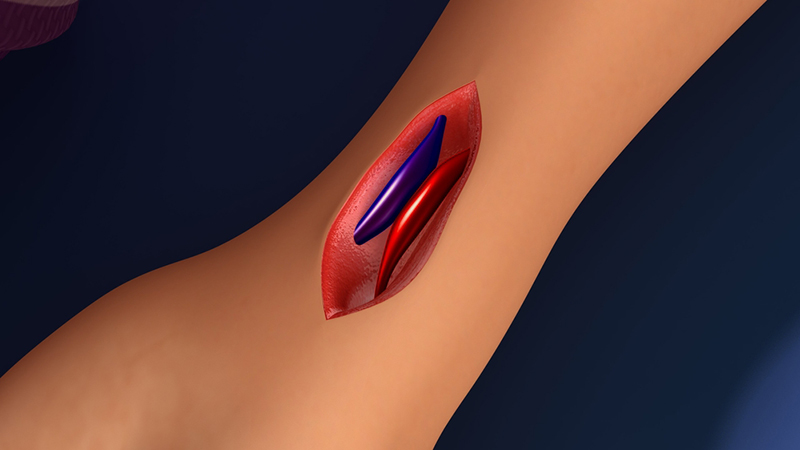Volume 32, Nº 2, March and April 2019
DOI: http://www.dx.doi.org/10.5935/2359-4802.20180100
CASE REPORT
Percutaneous Coronary Arteriovenous Fistula Occlusion in Infants with Left Ventricular Dysfunction
Maria Fernanda F. B. Jacob
Darcio Gitti de Faria
Jose Luiz Balthazar Jacob

Introduction
Congenital coronary fistulas are rare anomalies in which there is connection from the coronary arteries to large vessels or cardiac chambers, without the need for anomalies of number, origin or course of coronary arteries. They usually present in an isolated way, and can have severe hemodynamic consequences. Diagnosed in one of every 50,000 live births, it has an incidence of approximately 0.4% among congenital heart diseases.1-3 Most of them involve the right coronary artery (50%), followed by the left coronary artery (30%) and both left and coronary arteries (5%). They most commonly drain into a right sided cardiac chamber (more than 90%).1-4 The clinical presentation depends upon the size and location of the fistula, and may vary from just auscultation of heart murmurs, in general continuous, to severe heart failure.5,6 The diagnosis after the clinical suspicion can be confirmed by color Doppler two-dimensional echocardiography, but the angiographic study of the coronary arteries is essential for better anatomical definition and treatment decision-making.2,7 Nowadays the therapeutic option of choice is the percutaneous occlusion, with excellent short- and long-term results.1,5,8
Keywords: Infant; Coronary Vessel Anomalies; Arteriovenous Fistula; Percutaneous Coronary Intervention; Ventricular Dysfunction Left; Echocardiography, Doppler/methods.











